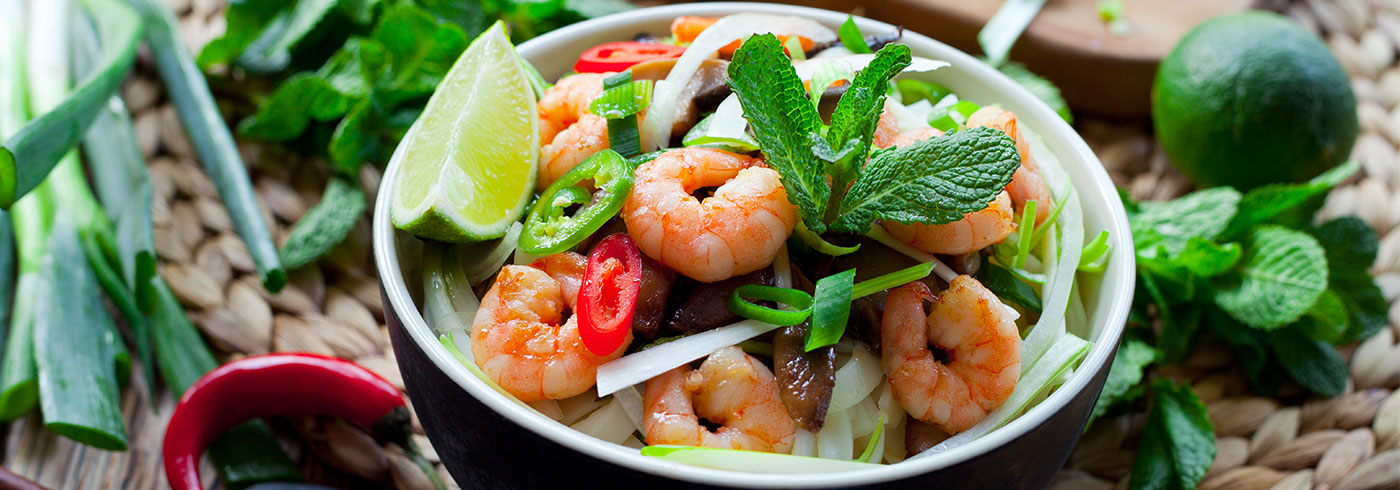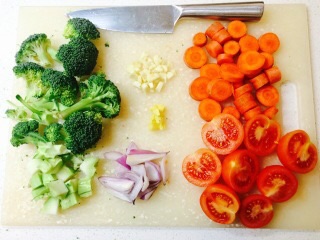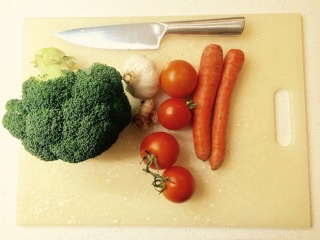
Tailormade Food Plan £99
Healthy eating is an essential part of a good lifestyle. We always tell our weight loss clients that following good food habits accounts for 80% of their ability to lose weight and keep it off and 20% derives from a consistent exercise regime. Research proves that eating the correct nutrients has an enormous impact on our well–being, mentality and general fitness.
The number one concern in my email inbox is how to lose weight and keep it off! It seems many of you have been hoodwinked by those big glossy ads selling the latest fad diets. I advise you to save your money, as fad diets simply don’t work! And they never will, because as soon as you stop them, you’ll pile all the weight back on!
Getting to grips with a healthy diet maybe difficult, but it is worth the investment as you’ll reap the rewards for life. Therefore, I’ve devised a simple to follow nutritional guideline which can be incorporated into your daily lifestyle to keep you motivated.


Understanding the different food groups : Carbohydrates can be categorised into 2 groups High Glycemic Index or High GI carbs can be defined as simple carbs. These release energy into the bloodstream quickly and are commonly known as UNHEALTHY carbs. White bread is considered to be a high GI food. If white bread enters your stomach, the sugar will be extracted by the digestive process and enter your bloodstream.
The body releases high levels of insulin into your bloodstream to counteract the high levels of sugar. The sugar is immediately used as energy. High GI foods always release an excessive amount of sugar; therefore your body will experience what is termed as a ‘sugar rush’. The insulin eradicates any excess sugar in the bloodstream and deposits it in your fat cells. If too much sugar enters the blood it is known as Hyper Glycemia which is fatal and can damage organs.
Therefore insulin is an essential part of your health as it monitors the sugar levels in your body. Low Glycemic Index or Low GI carbs can be defined as complex carbs. These release energy into the blood slowly and are commonly known as HEALTHY carbs. An apple is considered to be a low GI food. Did you know that, the skin of an apple skin is fibre? Fibre is scientifically identified as roughage, which is material that cannot be digested but helps food to pass though the gut.
When you consume an apple, the skin will not be digested by the body instead this part of the fruit acts as a sheath or protective barrier to prevent the glucose/sugar in the inner part of the apple from hitting your bloodstream straightaway. The apple skin acts as a protective barrier therefore the sugar in the inner part of the apple will be released at a slow rate and your body will not unleash high levels of insulin.
If sugar is supplied slowly over a sustained period then your body will have more energy and will use it accordingly. You will not have excess sugar in your body therefore only a small amount of insulin will be needed in turn you will not store fat. The way in which food is cooked can determine whether it is a high GI or a low GI food. For example a baked potato is a high GI food and boiled potato is a low GI food.

| High GI foods | Low GI Foods |
| Bread | Brown rice |
| Rice | Sweet potato |
| Sweets | All vegetables |
| Ripe bananas | Beans |
| Strawberries | Chicken |
| Orange juice | Fish |
| Grapes | Cheese |
| Pineapples | Apples |
| Any food ending in ‘ose’ | Yam |

An insider tip for sugar addicts: Try preparing your intestine with a low GI food such as fruit or a bowl of vegetables before you consume any foods containing high levels of sugar – high GI foods. Consume sugar or a high GI food after an intense exercise session as the Glycogen levels in your body deplete. Glycogen cells store sugar and will need to be restored afterwards.
How many meals should you eat per day? Eat 5 small meals a day. Eat your 1st meal approximately 1 hour after you wake up and eat once every 2 to 3 hours throughout the day after that. Remember break-fast is defined as ‘breaking the fast’, your body has spent approximately 8 hours without food; therefore ‘breaking the fast’ is essential to kick-start the metabolic rate once again first thing in the morning.
- A timetable showing when to eat your 5 meals a day If you wake up at 7am for work
- Eat breakfast at 8am
- Small snack at 11am
- Eat lunch at 1pm
- Small snack 4pm
- Light dinner at 7pm
As your activity rate winds down in the evening, your final meal should be consumed 3 hours before your bed-time. Your dinner should mainly consist of proteins and a few carbs – remember low GI and high GI carbs contain sugar that is either used as energy by the body or stored as fat.
Therefore, if your body has 3 hours to digest a light dinner before preparing for rest, it is less likely to store fat. Eating a meal rich in carbs means the stomach will still go ahead and digest the food, but as you are motionless, your body has no choice but to store the excess sugar as fat.
Eating 5 meals small meals a day is the best way for your body to digest food. The stomach takes around 2 to 3 hours to digest food therefore when the body expects food – and receives it every 2 to 3 hours – it burns the food in the stomach at a quicker rate. This accelerated digestive process stimulates the metabolic rate. Once the metabolic rate is increased you will burn fat at a quicker rate.
Burning fat at a quicker rate simply means you can burn more calories in an exercise session A meal is defined as anything that enters the stomach – this includes all small snacks. When a person frequently intakes food, it will help the body sustain a level of energy throughout the day with no threat of a sugar low. When your body lacks energy, it craves sugar – which is the fastest way to get energy into your body – therefore you will be more inclined to eat unhealthy or high GI foods.

Eat FIST size food portions for each meal
Clench you fist and look at it! Your average meal size should be the same as the size of your fist when the food is pressed together. Many people are shocked by this, but the body can only digest a certain amount of food in one go. Your stomach is like an elastic band and has the capacity to expand indefinitely should your meal portions be any bigger.
Research proves when the body is forced to digest food which is larger than your fist size the excess food is excreted through your bowels as waste. In addition, your insulin process deposits the sugar from the excess food into your fat cells.
